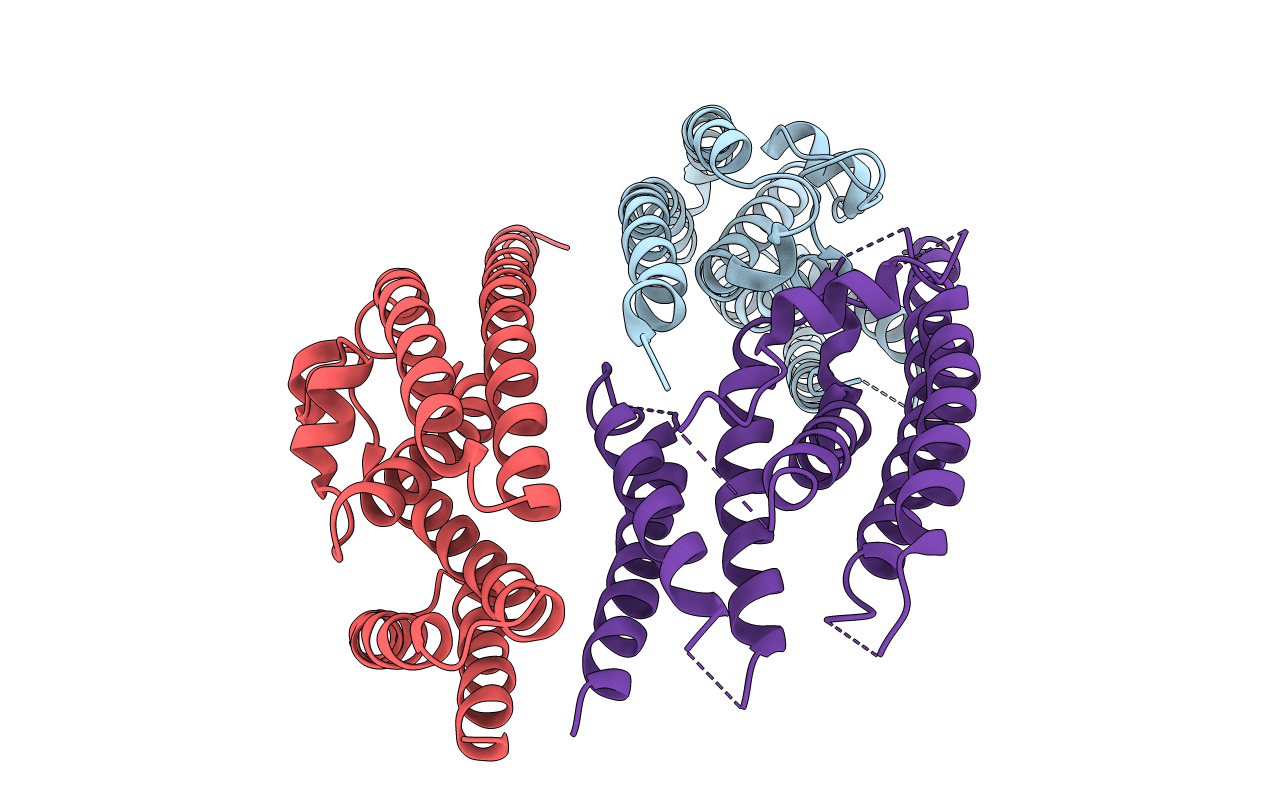
Deposition Date
2011-04-14
Release Date
2011-05-11
Last Version Date
2024-11-06
Entry Detail
PDB ID:
3RIU
Keywords:
Title:
Crystal structure of Drosophila hexameric C3PO formed by truncated Translin and Trax
Biological Source:
Source Organism:
Drosophila melanogaster (Taxon ID: 7227)
Host Organism:
Method Details:
Experimental Method:
Resolution:
3.40 Å
R-Value Free:
0.33
R-Value Work:
0.27
R-Value Observed:
0.27
Space Group:
P 61 2 2


